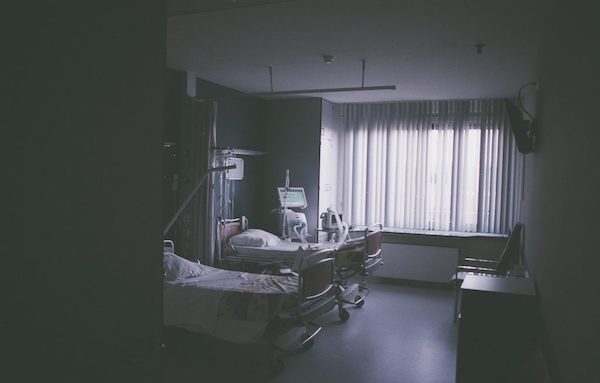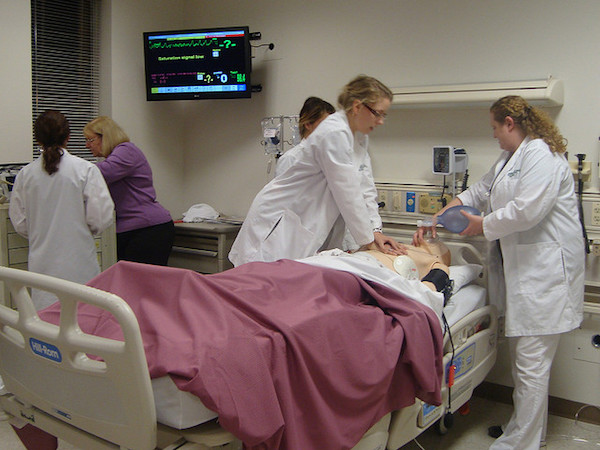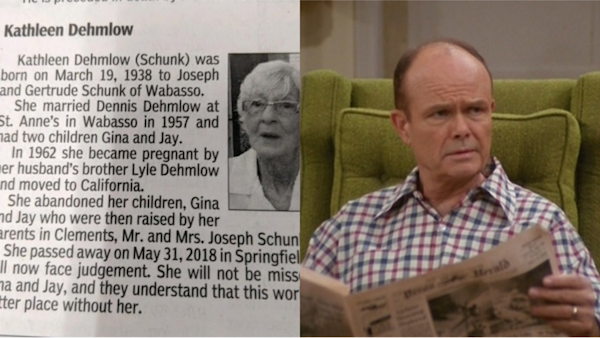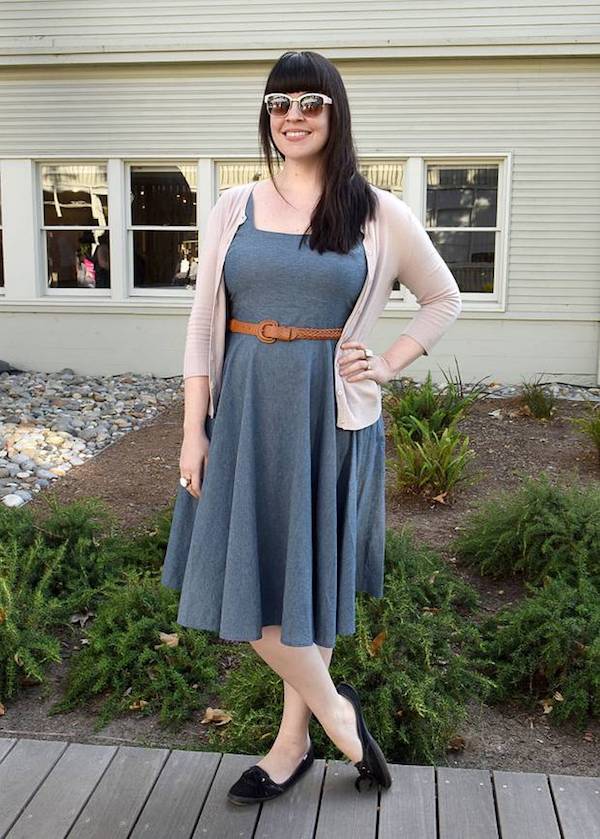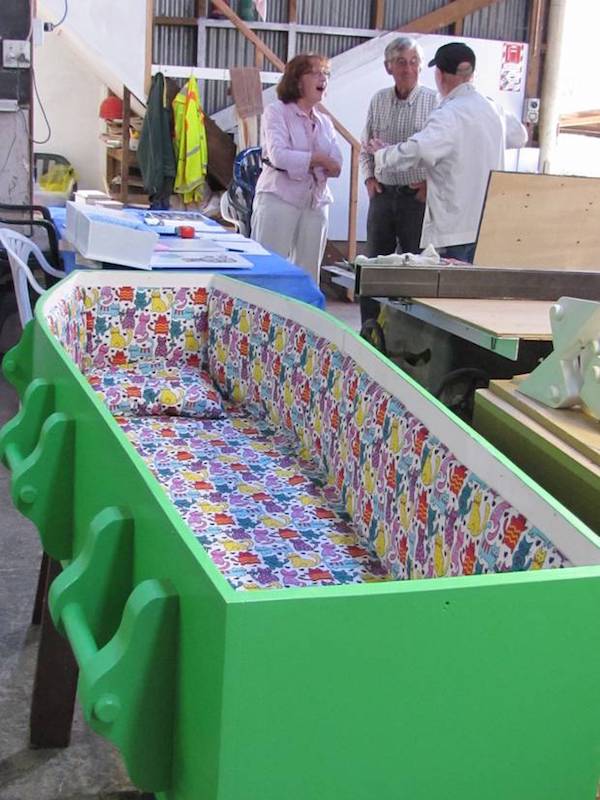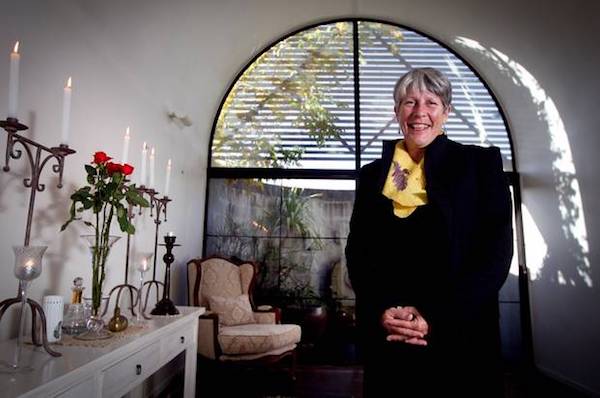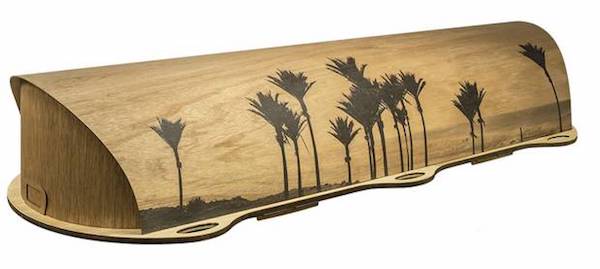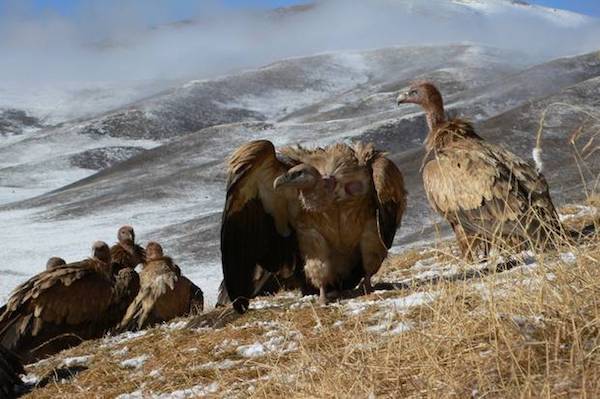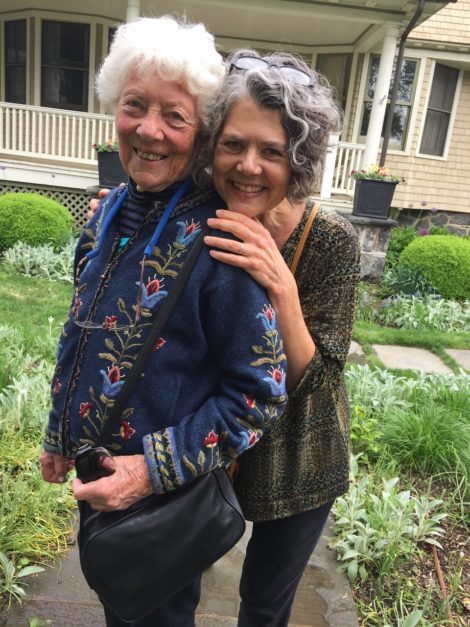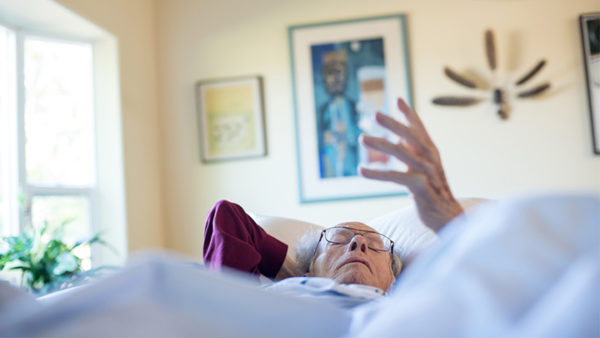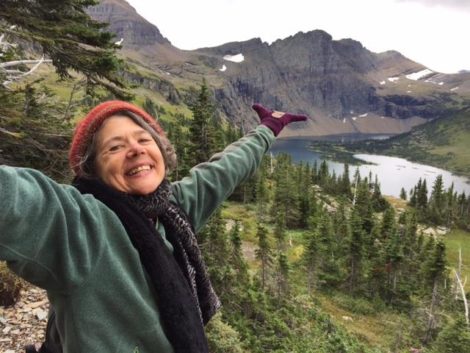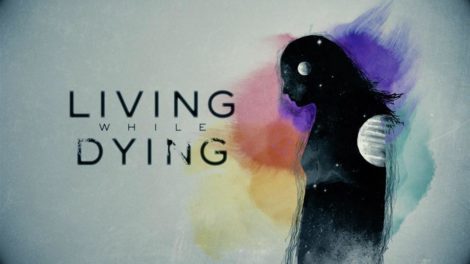[F]or many modern Pagans, there is a somewhat different philosophy on death and dying than what is seen in the non-Pagan community. While our non-Pagans see death as an ending, some Pagans view it as a beginning of the next phase of our existence. Perhaps it is because we view the cycle of birth and life and death and rebirth as something magical and spiritual, a never-ending, ever turning wheel. Rather than being disconnected from death and dying, we tend to acknowledge it as part of a sacred evolution.
In The Pagan Book of Living and Dying, author Starhawk says, “Imagine if we truly understood that decay is the matrix of fertility… we might view our own aging with less fear and distaste, and greet death with sadness, certainly, but without terror.”
As the Pagan population ages – and certainly, we are doing so – it’s becoming more and more likely that at some point each of us will have to bid farewell to a fellow Pagan, Heathen, Druid, or other member of our community. When that happens, what is the appropriate response? What can be done to honor the person’s beliefs and send them on their way in a way that they themselves would have valued, while still managing to maintain sensitivity in dealing with their non-Pagan family members and friends?
Views of the Afterlife

Many Pagans believe that there is some sort of afterlife, although that tends to take varying forms, depending on the individual belief system. Some followers of NeoWiccan paths accept the afterlife as the Summerland, which Wiccan author Scott Cunningham described as a place where the soul goes on to live forever. In Wicca: A Guide for the Solitary Practitioner, he says, “This realm is neither in heaven nor the underworld. It simply is — a non-physical reality much less dense than ours. Some Wiccan traditions describe it as a land of eternal summer, with grassy fields and sweet flowing rivers, perhaps the Earth before the advent of humans. Others see it vaguely as a realm without forms, where energy swirls coexist with the greatest energies – the Goddess and God in their celestial identities.”
Members of non-Wiccan groups, particularly those who follow a more Reconstructionist slant, may see the afterlife as Valhalla or Fólkvangr, for those who adhere to a Norse belief system, or Tir na nOg, for individuals who participate in a Celtic path. Hellenic Pagans may see the afterlife as Hades.
For those Pagans who don’t have a defined name or description of the afterlife, there is still typically a notion that the spirit and the soul live on somewhere, even if we don’t know where it is or what to call it.
Tawsha is a Pagan in Indiana who follows an eclectic path. She says, “I don’t know what happens to us when we die, but I like the idea of the Summerland. It seems peaceful, a place where our souls can regenerate before they reincarnate into a new body. But my husband is a Druid, and his beliefs are different and focus more on the Celtic view of the afterlife, which seems a little more ethereal to me. I think it’s really all just different interpretations of the same place.”
Deities of Death and the Afterlife
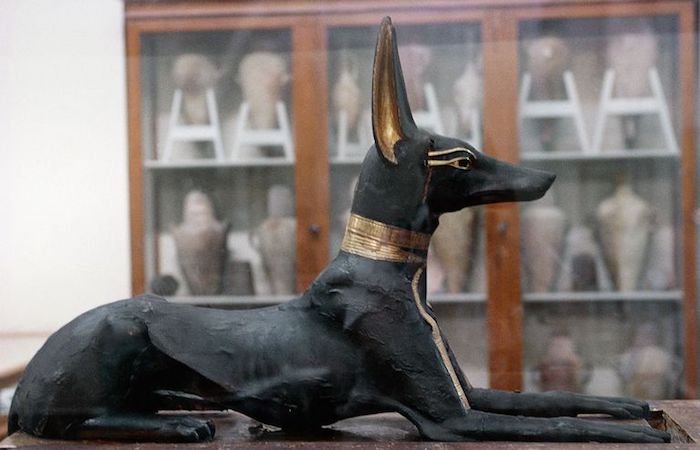
Cultures have, since the beginning of time, honored deities associated with the process of dying, the act itself, and the journey of the spirit or soul into the afterlife. Although many of them are celebrated during the harvest season, around Samhain, when the earth itself is slowly dying, it is not uncommon to see them called upon as someone is approaching their last days, or has recently crossed over.
If you follow an Egyptian, or Kemetic, path, you may choose to honor Anubis, the jackal headed god of death. Anubis’ job is to determine whether the deceased is worthy of entering the underworld, by taking the individual’s measure. To help ease their passing, you may choose to sing or chant to Anubis about the dying or dead person’s accomplishments.
For Pagans who follow an Asatru or Heathen belief system, prayers and chants to Odin or to the goddesses Hel and Freya might be appropriate. Half of the warriors who die in battle go to spend the afterlife with Freya in her hall, Folkvangr, and the others go to Valhalla with Odin. Hel takes charge of those who have died from old age or sickness, and accompanies them to her hall, Éljúðnir.
A Maryland Heathen who asked to be identified as Wolfen says when his brother died, “We had this huge ceremony with a big bonfire, lots of drinking and toasts, and song. My brother had already been cremated, but we added his ashes to the fire, and we sang a song honoring him and his accomplishments, and introducing him to Odin and Valhalla, and then we continued it by calling upon our ancestors, going back about eight generations. It was what he wanted, and probably the closest thing to a Viking funeral that you can get in suburban America.”
Other deities you may wish to call upon as someone is dying, or has crossed over, include the Greek Demeter, Hecate, and Hades, or the Chinese Meng Po. Be sure to read more about: Deities of Death and the Afterlife.
Funerary Rites
In many countries in the modern world, the practice of burying the dead is common. However, it’s a relatively new concept by some standards, and in some places, it’s almost a novelty. In fact, many of today’s contemporary funeral practices might be considered a bit strange by our ancestors.
In other societies, it is not uncommon to see the dead interred in trees, placed on giant funeral pyres, closed up in a ceremonial tomb, or even left out for the elements to consume.
One trend that is increasing in popularity in the Western world is that of “green burial,” in which the body is not embalmed, and is simply buried in the soil with no coffin, or with a biodegradable container. While not all areas permit this, it is something worth looking into for someone who truly wishes to be returned to earth as part of the cycle of life and death.
Memorial and Ritual
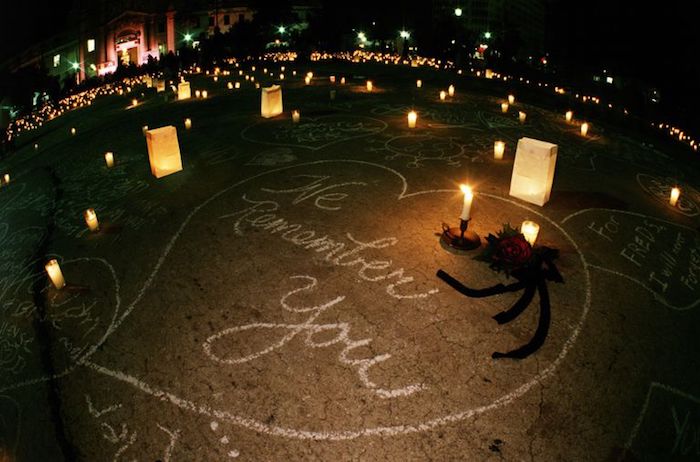
Many people – Pagans and otherwise – believe that one of the best ways to keep someone’s memory alive is to do something in their honor, something that keeps them alive in your heart long after theirs has stopped beating. There are a number of things you can do to honor the dead.
Rituals: Hold a memorial ritual in the individual’s honor. This can be as simple as lighting a candle in his or her name, or as complex as inviting the entire community together to hold a vigil and offer blessings for the person’s spirit as they cross over into the afterlife.
Causes: Did the deceased person have a favorite cause or charity that they worked hard to support? A great way to memorialize them is to do something for that cause that meant so much to them. Your friend who adopted all of those shelter kittens would probably love it if you made a donation to the shelter in her name. How about the gentleman who gave so much time to cleaning up local parks? What about planting a tree in his honor?
Jewelry: A popular trend during the Victorian era was to wear jewelry in the deceased’s honor. This might include a brooch holding their ashes, or a bracelet woven from their hair. While this may sound a bit morbid to some folks, bereavement jewelry is making quite a comeback. There are a number of jewelers who offer memorial jewelry, which is typically a small pendant with a hole in the back. Ashes are poured into the pendant, the hole is sealed with a screw, and then the friends and family of the dead can keep them nearby any time they like.
Be sure to read the following articles on death, dying and the afterlife:
- Caring for Our Dead: Every society, throughout history, has found some way to attend to the proper care of their dead. Let’s look at some of the different methods in which various cultures have said farewell to their loved ones.
- Ray Buckland on Death and Dying: Wiccan author Ray Buckland recently did a presentation on a Pagan view of death and dying. He has graciously allowed us permission to share that presentation here on the Pagan/Wiccan website.
- What Happens to Your Magical Items After You Die? Since so many members of the Pagan community work as solitaries, and may never come into contact with other Pagans during their lifetime, one issue that comes up as our population ages is that of what to do with magical tools and other items after death.
- A Pagan Blessing for the Dead: This simple memorial ceremony can be performed for a deceased loved one. It invokes the powers of the earth, air, fire and water to send the departed off to their next destination.
- Prayer for the Dying: This prayer is one which may be said by or on behalf of a dying person, and addresses the need we have to feel at home in the last moments of life.
- Prayer to Hel: In Norse mythology, Hel features as a goddess of the underworld. She was sent by Odin to Helheim/Niflheim to preside over the spirits of the dead, except for those who were killed in battle and went to Valhalla. It was her job to determine the fate of the souls who entered her realm.
- Prayer to Anubis: This prayer honors the Egyptian god of the underworld, Anubis. He is honored as the god who takes our measure when we cross from this life into the next.
- Prayer to the Gods of Death: At Samhain, the earth is growing cold and dark. It is a time of death, of endings and beginnings. This prayer honors some of the deities associated with death and the underworld.
Complete Article ↪HERE↩!


